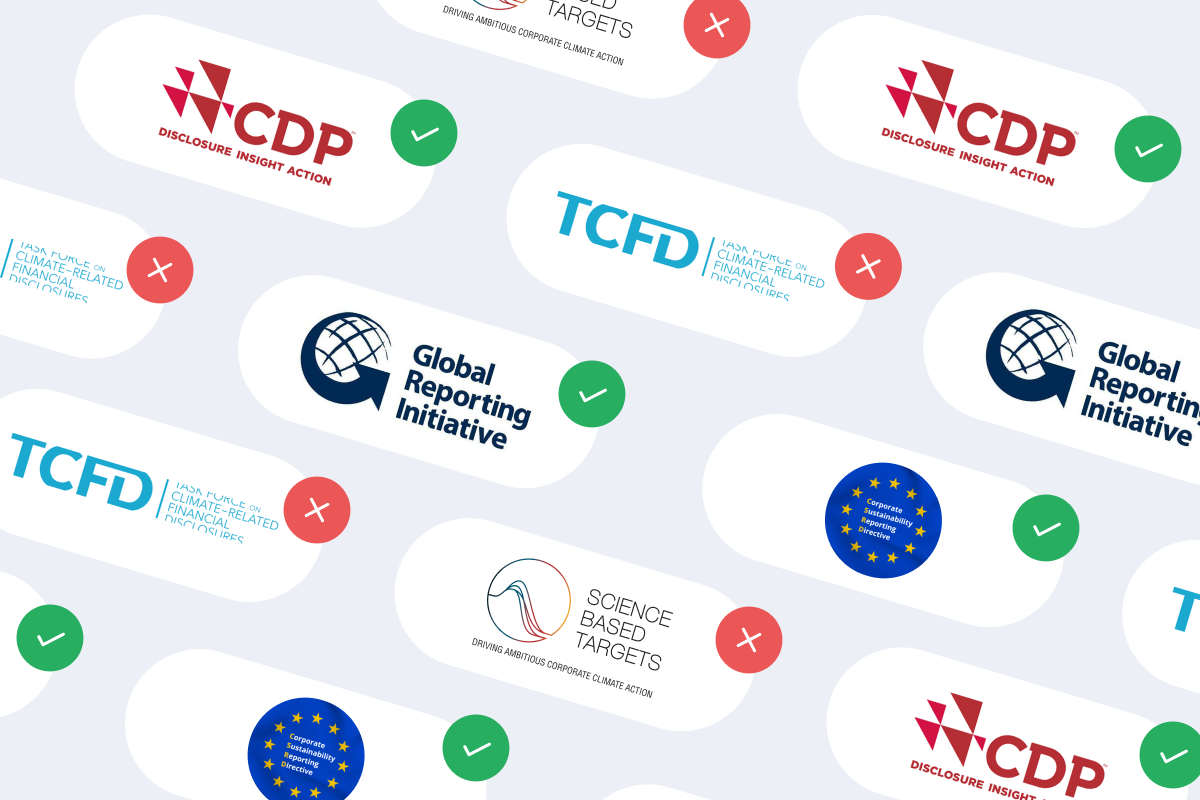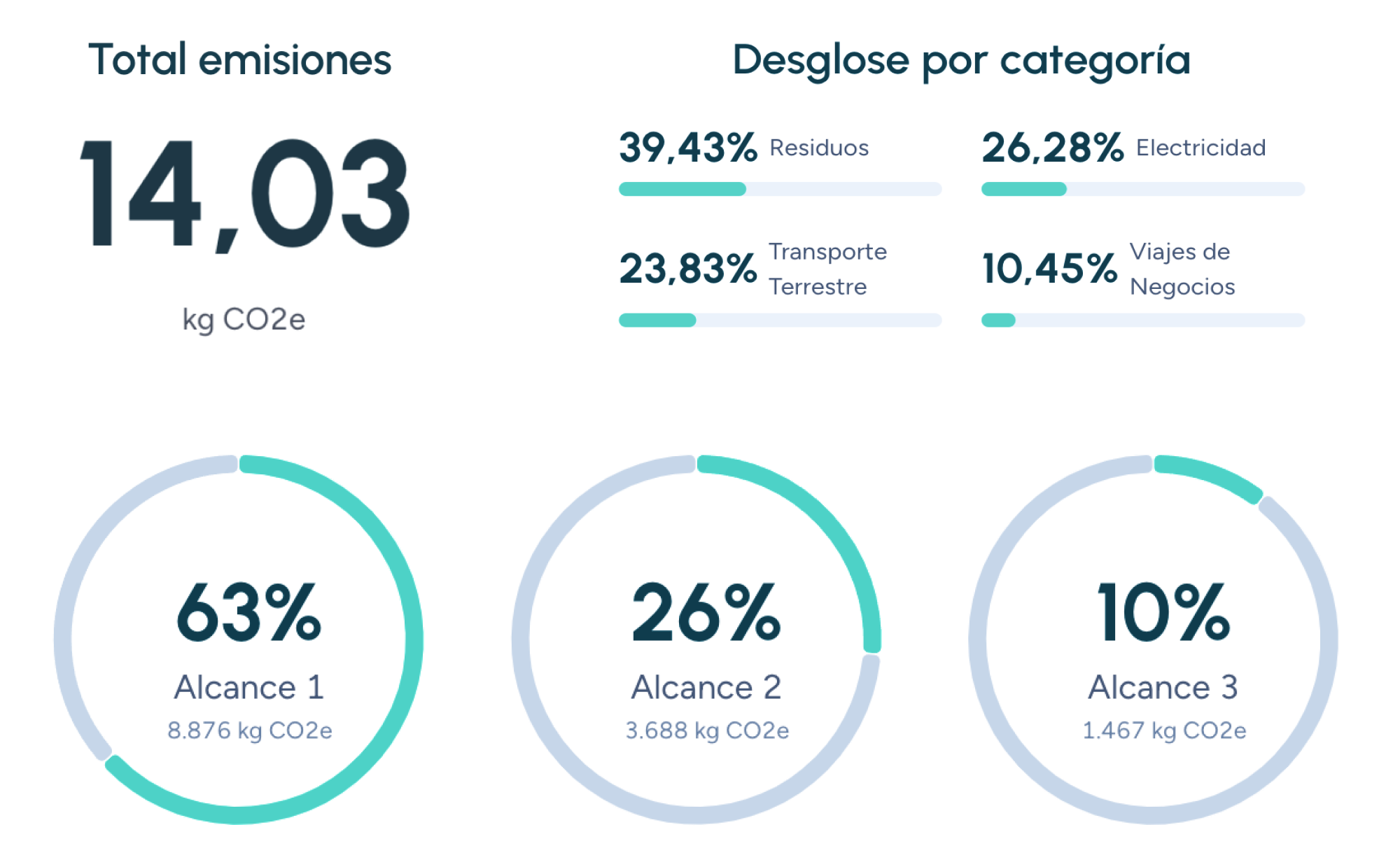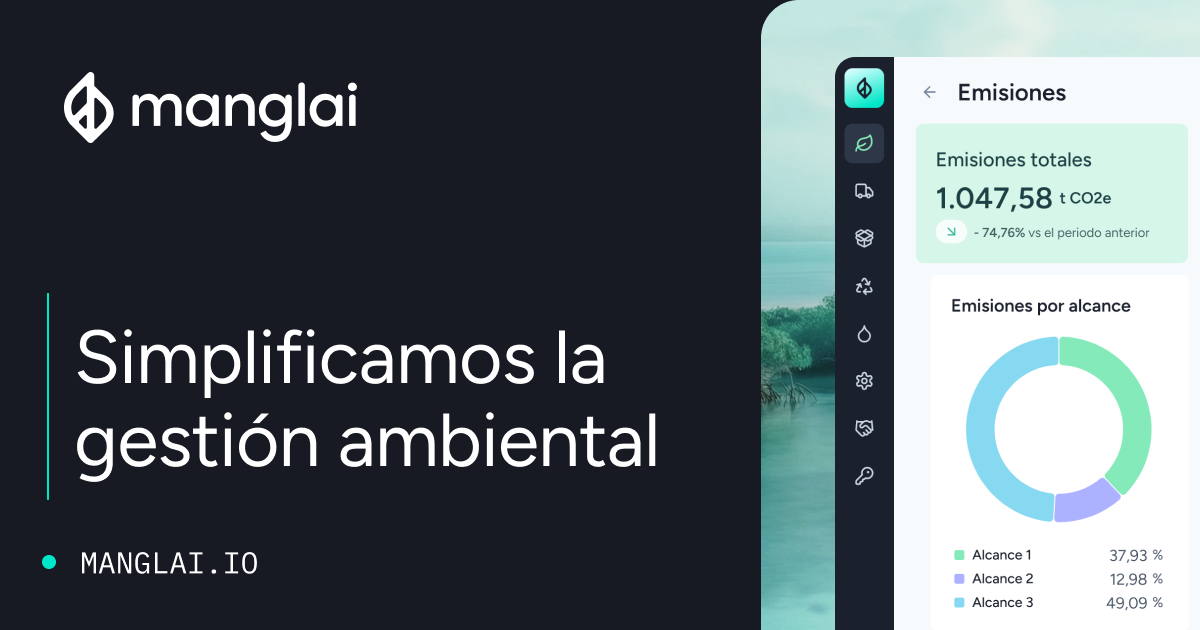Back to the blog
Green finances
Green computing: How businesses can reduce IT emissions
Paula Otero
Environmental and Sustainability Consultant
In the digital age, information technology (IT) infrastructure underpins nearly every aspect of a modern business. From data centers that power cloud applications to desktop computers in offices, these systems consume enormous amounts of energy and contribute significantly to a company’s overall carbon footprint.
Green computing, also known as sustainable computing, aims to reduce these environmental impacts through energy-efficient hardware, virtualization, and responsible e-waste management. This article explores actionable strategies to implement green computing and explains why it’s crucial for both your bottom line and corporate social responsibility.
Understanding green computing
Green computing is the practice of designing, using, and disposing of computers and related resources in a way that reduces environmental harm.
Key objectives include:
- Energy efficiency: optimizing system performance per watt of power consumed.
- Resource conservation: minimizing the materials used and waste generated in manufacturing and disposal.
- Extended hardware lifespan: encouraging repair, refurbishment, and upgrades instead of frequent replacements.
- E-waste management: properly recycling or repurposing electronic components to prevent toxic materials from contaminating landfills.
Why it matters
- Operational costs: lower energy consumption translates directly to reduced electricity bills and operational expenses.
- Regulatory compliance: governments worldwide are introducing regulations like the European Union’s eco-design directives that mandate energy efficiency.
- Reputation: consumers and investors expect companies to minimize their environmental impact. A commitment to green IT can bolster brand image.
- Scalability: as businesses grow, unmanaged IT expansion can balloon energy usage. Sustainable practices ensure growth without proportional increases in carbon emissions.
Steps to implement green computing
1. Optimize data centers
- Server consolidation: virtualize multiple servers on a single machine to reduce hardware needs and energy consumption.
- Efficient cooling systems: use techniques like hot aisle/cold aisle containment or water-cooling solutions to maintain optimal temperatures with less power.
- Renewable energy sources: power data centers with solar, wind, or hydroelectric energy to cut carbon emissions dramatically.
2. Adopt energy-saving hardware
- Energy star certified devices: choose computers, monitors, and printers labeled for energy efficiency.
- Solid-state drives (SSDs): SSDs use less power and generate less heat than traditional hard drives.
- Low-power processors: invest in CPUs designed for high performance per watt, such as those from Intel’s low-power series or ARM-based chips.
3. Implement power management
- Auto-sleep functions: configure devices to enter low-power states during periods of inactivity.
- Efficient network settings: reduce router and switch power usage by turning off unused ports or scheduling downtime.
- Policies and training: encourage employees to shut down machines when not in use or enable power-saving modes.
4. Extend hardware lifespan
- Regular maintenance: clean and upgrade components (like RAM or storage) rather than replacing entire systems.
- Leasing programs: some vendors offer leased equipment, allowing for regular upgrades without generating e-waste.
- Refurbishment and resale: when upgrading, donate or sell older hardware if it’s still functional.
5. Manage e-waste responsibly
- Certified recyclers: partner with recycling facilities accredited by organizations like e-Stewards or R2 (Responsible Recycling).
- Data security: ensure data destruction methods are secure when disposing of hard drives and other storage devices.
- Circular economy initiatives: explore partnerships that repurpose electronic components into new devices.
Measuring green IT success
Use Key Performance Indicators (KPIs) to track progress:
- Power usage effectiveness (PUE): ratio of total data center power consumption to the power used by IT equipment.
- Carbon emissions: measure Scope 2 emissions from purchased electricity and, where possible, Scope 3 emissions from hardware supply chains.
- E-waste tonnage: track the amount of electronic waste diverted from landfills through recycling or refurbishment.
- Cost savings: document reductions in utility bills and hardware expenditures following green IT practices.
Overcoming challenges
- Upfront costs: energy-efficient hardware and cooling systems can be expensive initially. Long-term savings usually offset these costs.
- Complex infrastructure: large organizations with multiple data centers or offices need cohesive strategies for implementation.
- Cultural barriers: employee habits, such as leaving devices running overnight, can undermine even the best green IT policies.
Real-world example: Green tech giants
Companies like Google, Apple, and Microsoft have made significant strides in green computing by investing in renewable energy for data centers and deploying innovative cooling solutions. As a result, these tech giants not only reduce their carbon footprint but also achieve considerable operational cost savings, reinforcing the fact that green IT is a win-win strategy.
Broader sustainability impact
Green computing ties directly into broader corporate sustainability goals, aligning well with ESG frameworks and net zero ambitions. Reducing IT-related energy consumption can substantially lower overall corporate emissions, contributing to science-based carbon reduction targets. Moreover, responsible e-waste management reduces pollution and conserves resources, aligning with circular economy principles.
Green computing and corporate sustainability
Green computing offers a roadmap for reducing energy consumption, lowering costs, and minimizing environmental impact—all crucial components of a modern sustainability strategy. From optimizing data center operations to ensuring responsible e-waste management, the steps toward green IT are both practical and financially attractive.
Embracing green computing not only improves a company’s carbon footprint but also strengthens its market position in an increasingly eco-conscious business landscape.
Paula Otero
Environmental and Sustainability Consultant
About the author
Biologist from the University of Santiago de Compostela with a Master’s degree in Natural Environment Management and Conservation from the University of Cádiz. After collaborating in university studies and working as an environmental consultant, I now apply my expertise at Manglai. I specialize in leading sustainability projects focused on the Sustainable Development Goals for companies. I advise clients on carbon footprint measurement and reduction, contribute to the development of our platform, and conduct internal training. My experience combines scientific rigor with practical applicability in the business sector.
Content
Companies that trust us

What is sustainable finance and why should businesses care?
Discover the role of sustainable finance in driving ESG investments and corporate responsibility.
07 April, 2025
Green finance: Unlocking sustainable investment opportunities
Understand how green finance options can fund sustainability initiatives and ESG projects.
19 March, 2025
GRESB: Why investors care about your sustainability score
Discover why GRESB scores matter to institutional investors and how to improve your rating.
12 March, 2025
Guiding businesses towards net-zero emissions through AI-driven solutions.
© 2025 Manglai. All rights reserved
Política de Privacidad


